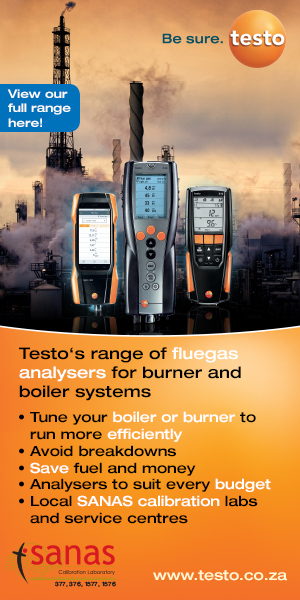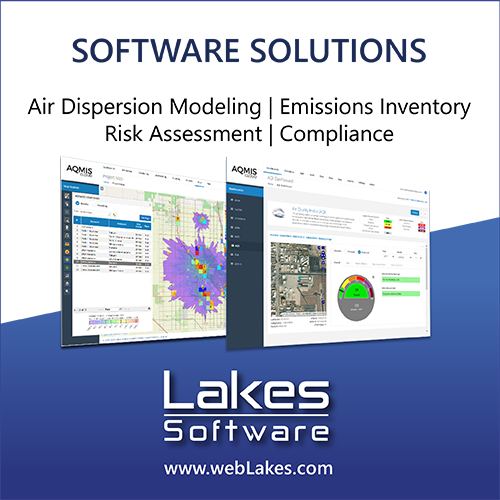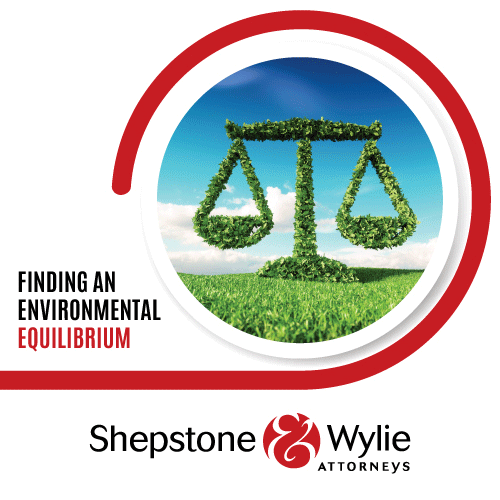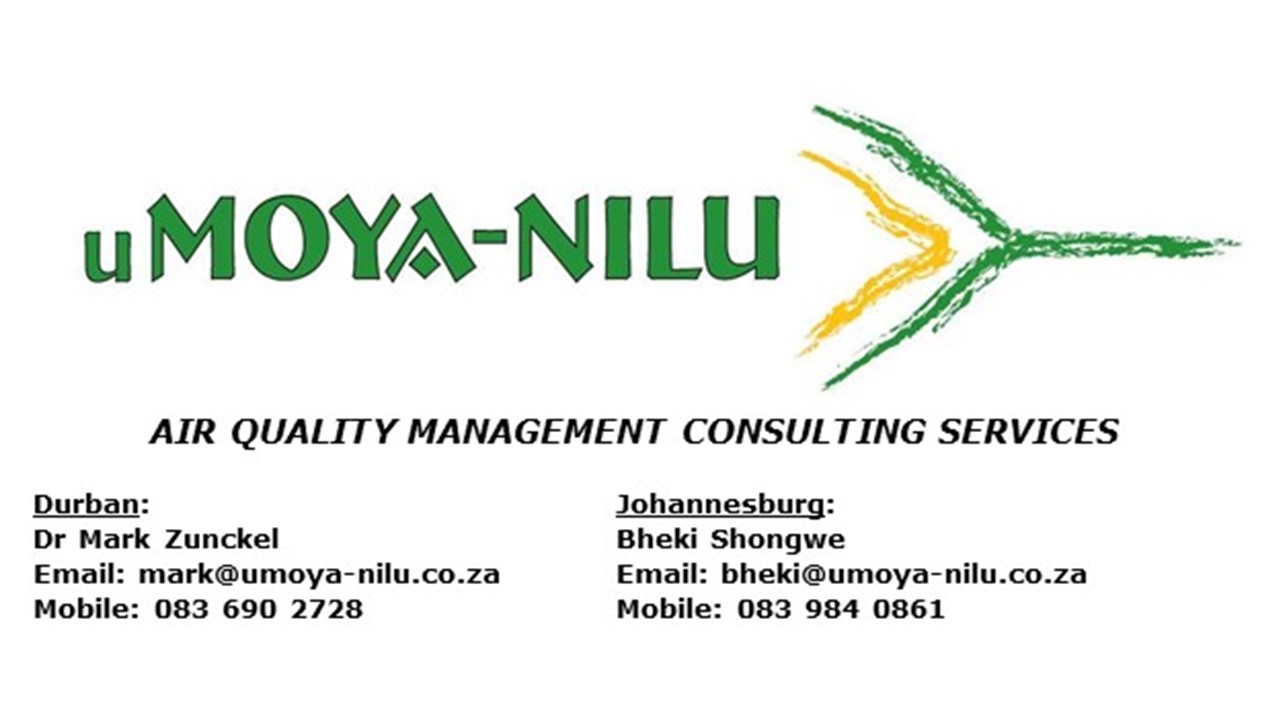Towards the development of a GHG emissions baseline for the Agriculture, Forestry and Other Land Use (AFOLU) sector, South Africa
DOI:
https://doi.org/10.17159/2410-972X/2016/v26n2a11Keywords:
AFOLU, GHG emissions, mitigation,, projected baselineAbstract
South Africa is a signatory to the United Nations Framework Convention on Climate Change (UNFCCC) and as such is required to report on Greenhouse gas (GHG) emissions from the Energy, Transport, Waste and the Agriculture, Forestry and Other Land Use (AFOLU) sectors every two years in national inventories. The AFOLU sector is unique in that it comprises both sources and sinks for GHGs. Emissions from the AFOLU sector are estimated to contribute a quarter of the total global greenhouse gas emissions. GHG emissions sources from agriculture include enteric fermentation; manure management; manure deposits on pastures, and soil fertilization. Emissions sources from Forestry and Other Land Use (FOLU) include anthropogenic land use activities such as: management of croplands, forests and grasslands and changes in land use cover (the conversion of one land use to another). South Africa has improved the quantification of AFOLU emissions and the understanding of the dynamic relationship between sinks and sources over the past decade through projects such as the 2010 GHG Inventory, the Mitigation Potential Analysis (MPA), and the National Terrestrial Carbon Sinks Assessment (NTCSA). These projects highlight key mitigation opportunities in South Africa and discuss their potentials. The problem remains that South Africa does not have an emissions baseline for the AFOLU sector against which the mitigation potentials can be measured. The AFOLU sector as a result is often excluded from future emission projections, giving an incomplete picture of South Africa’s mitigation potential. The purpose of this project was to develop a robust GHG emissions baseline for the AFOLU sector which will enable South Africa to project emissions into the future and demonstrate its contribution towards the global goal of reducing emissions.
Downloads
Downloads
Published
Issue
Section
License

All articles are published under a Creative Commons Attribution 4.0 International License; copyright is retained by the authors. Readers are welcome to reproduce, share and adapt the content without permission provided the source is attributed.








.png)